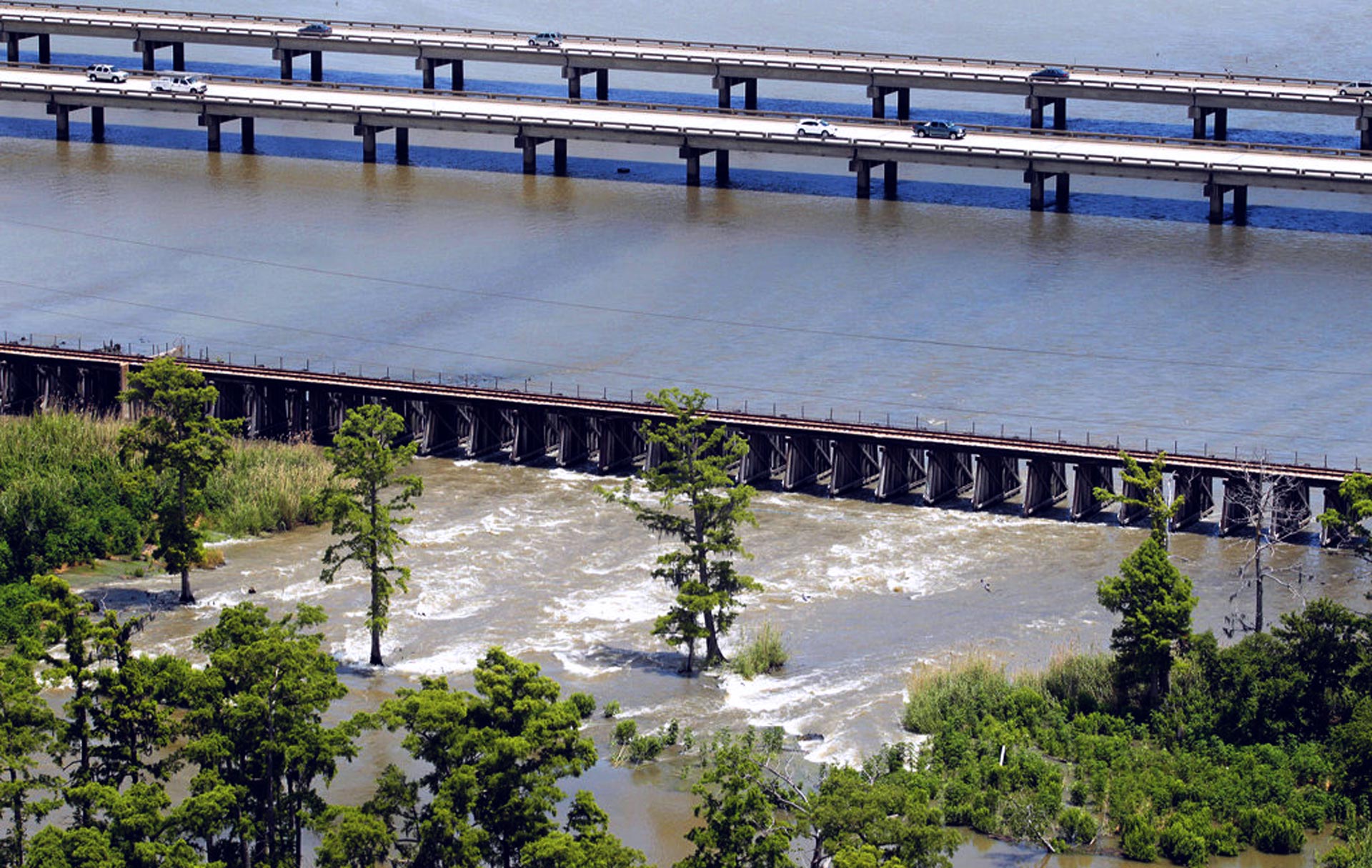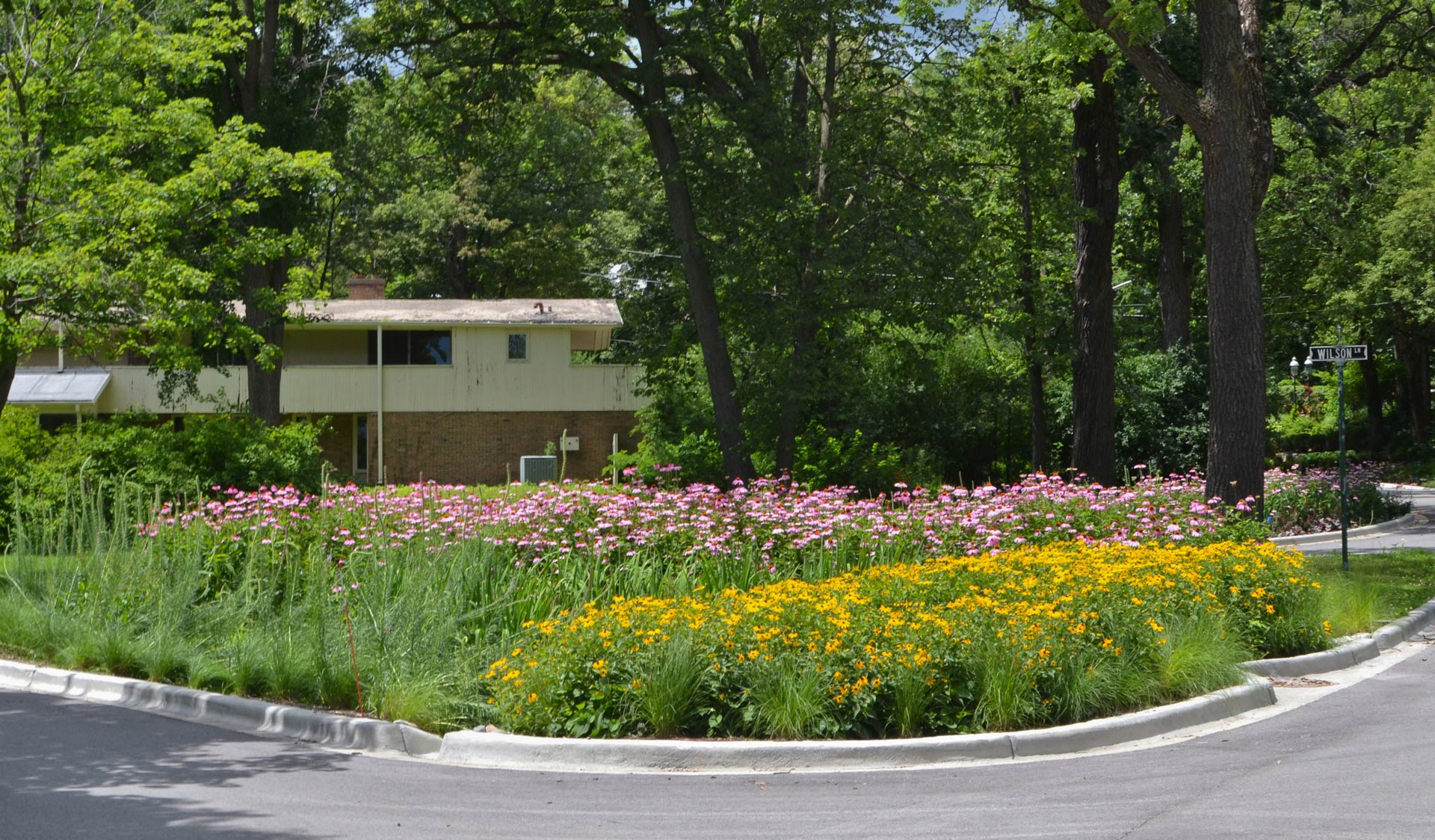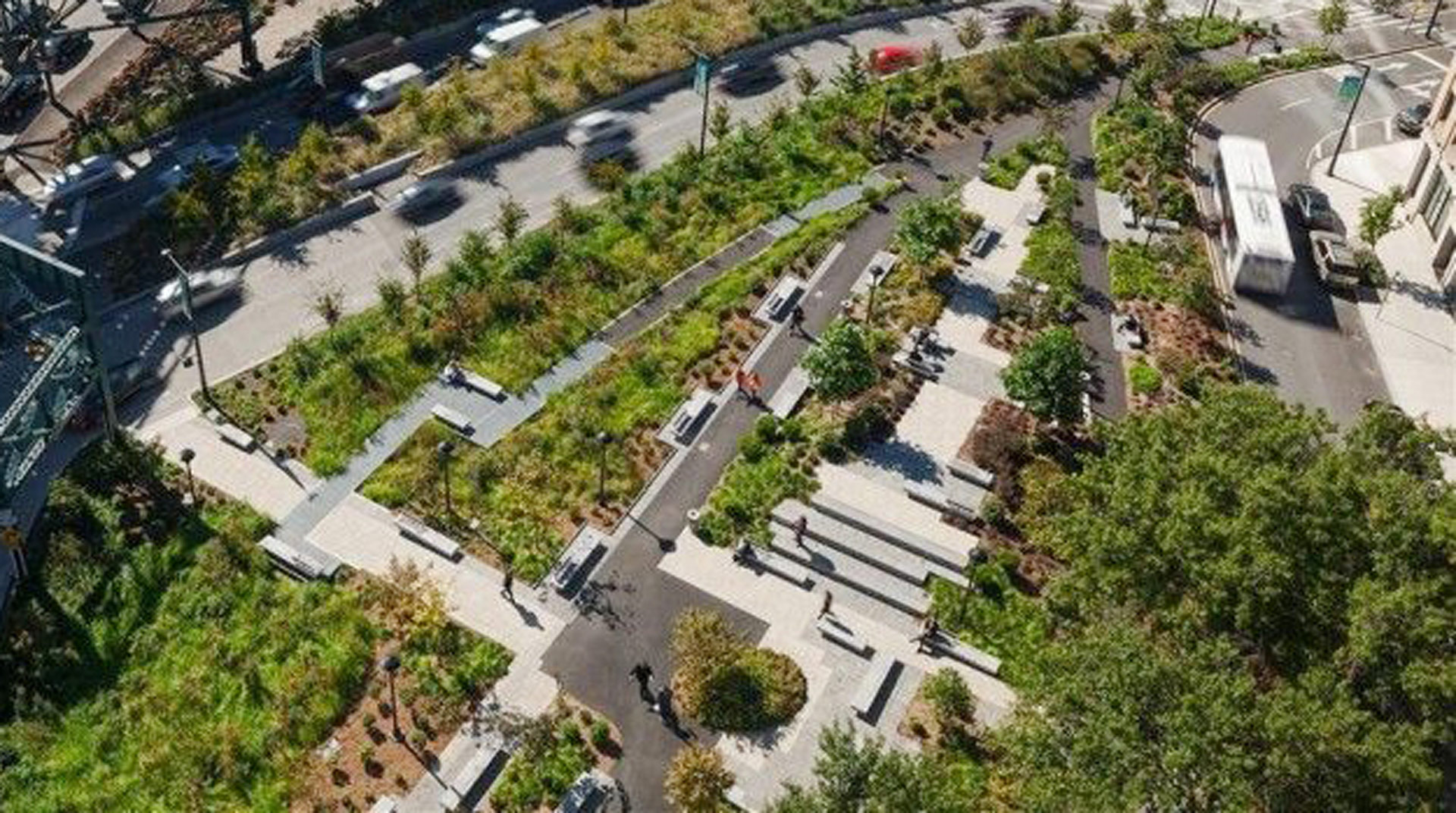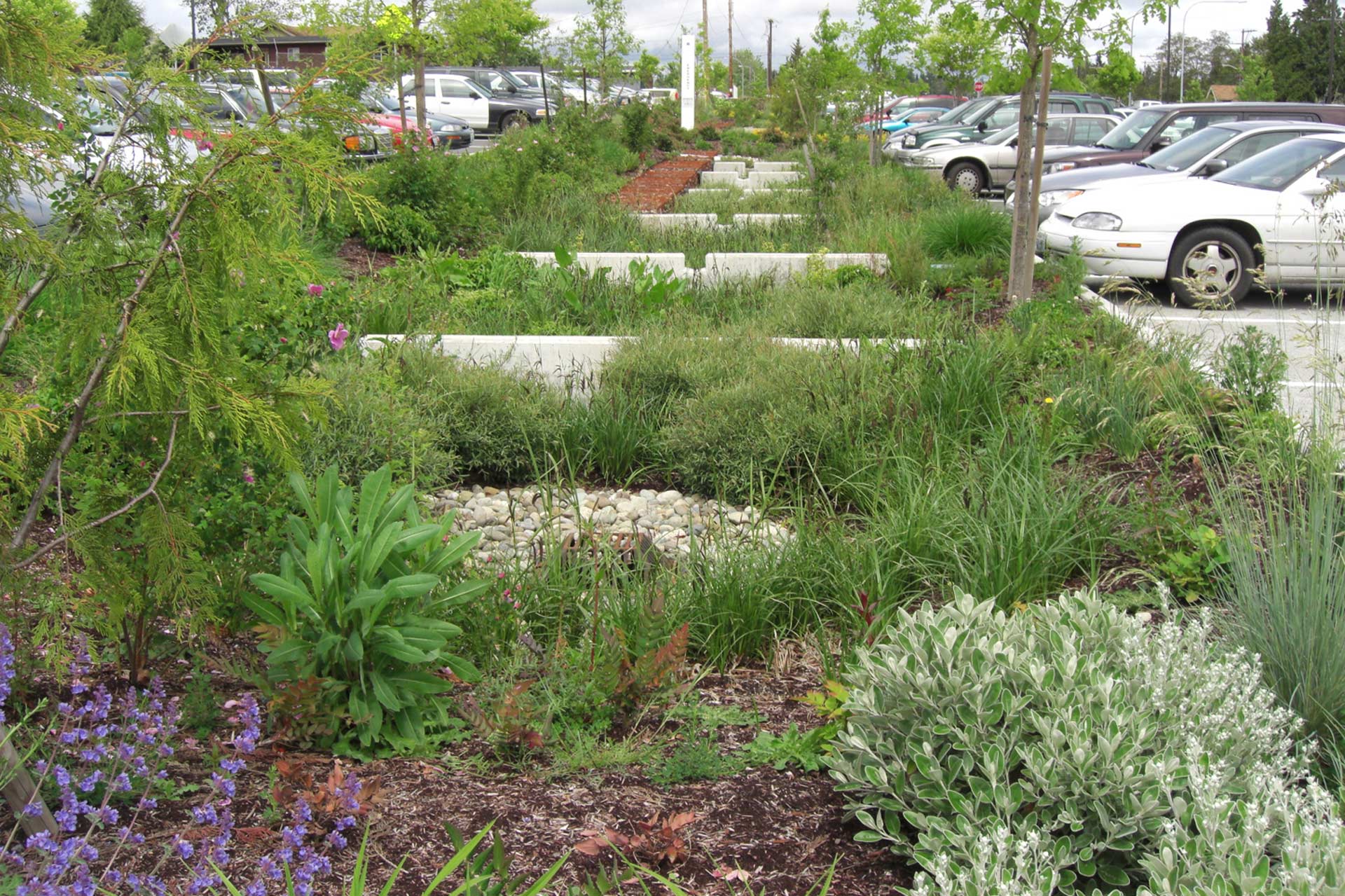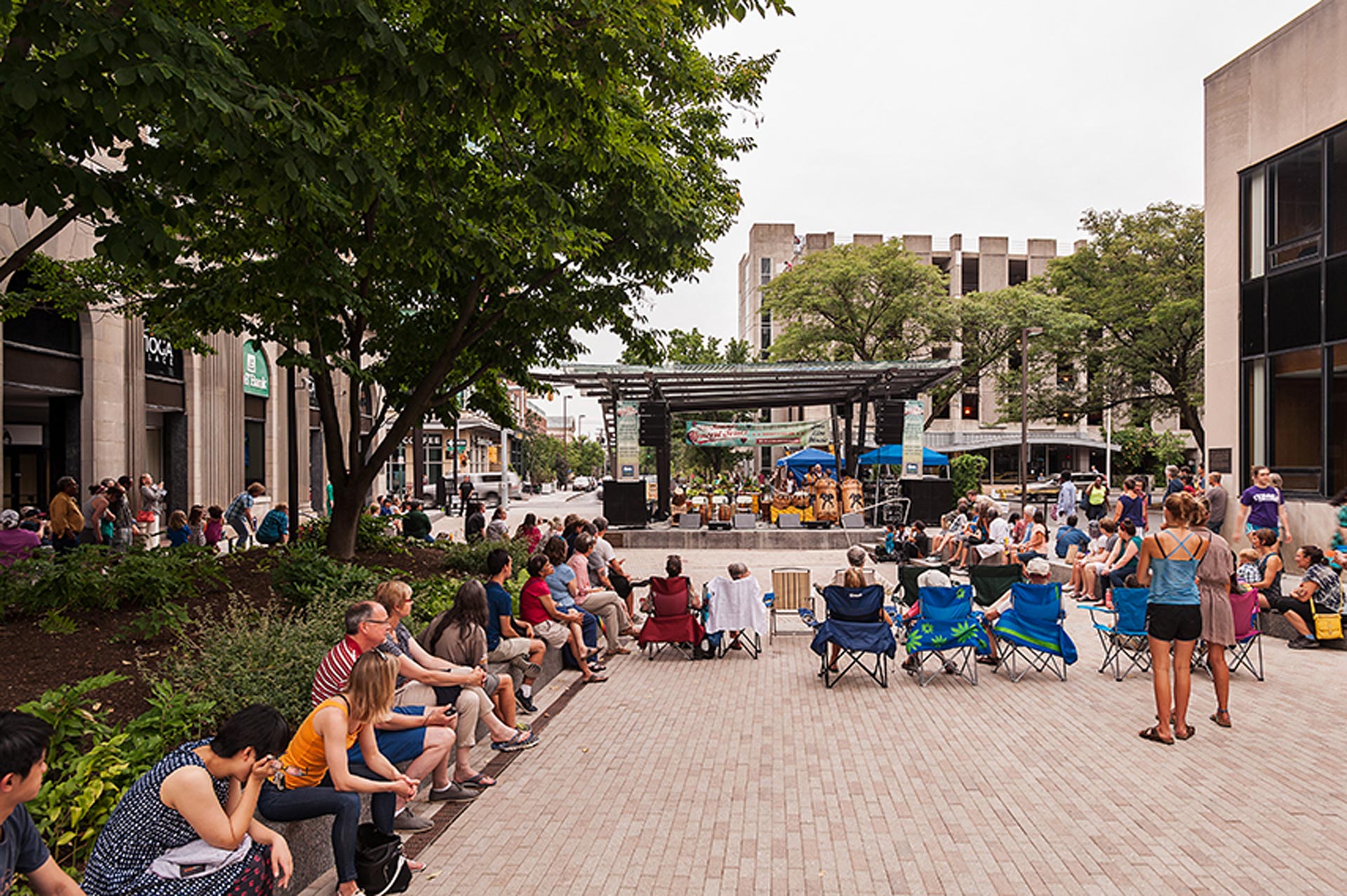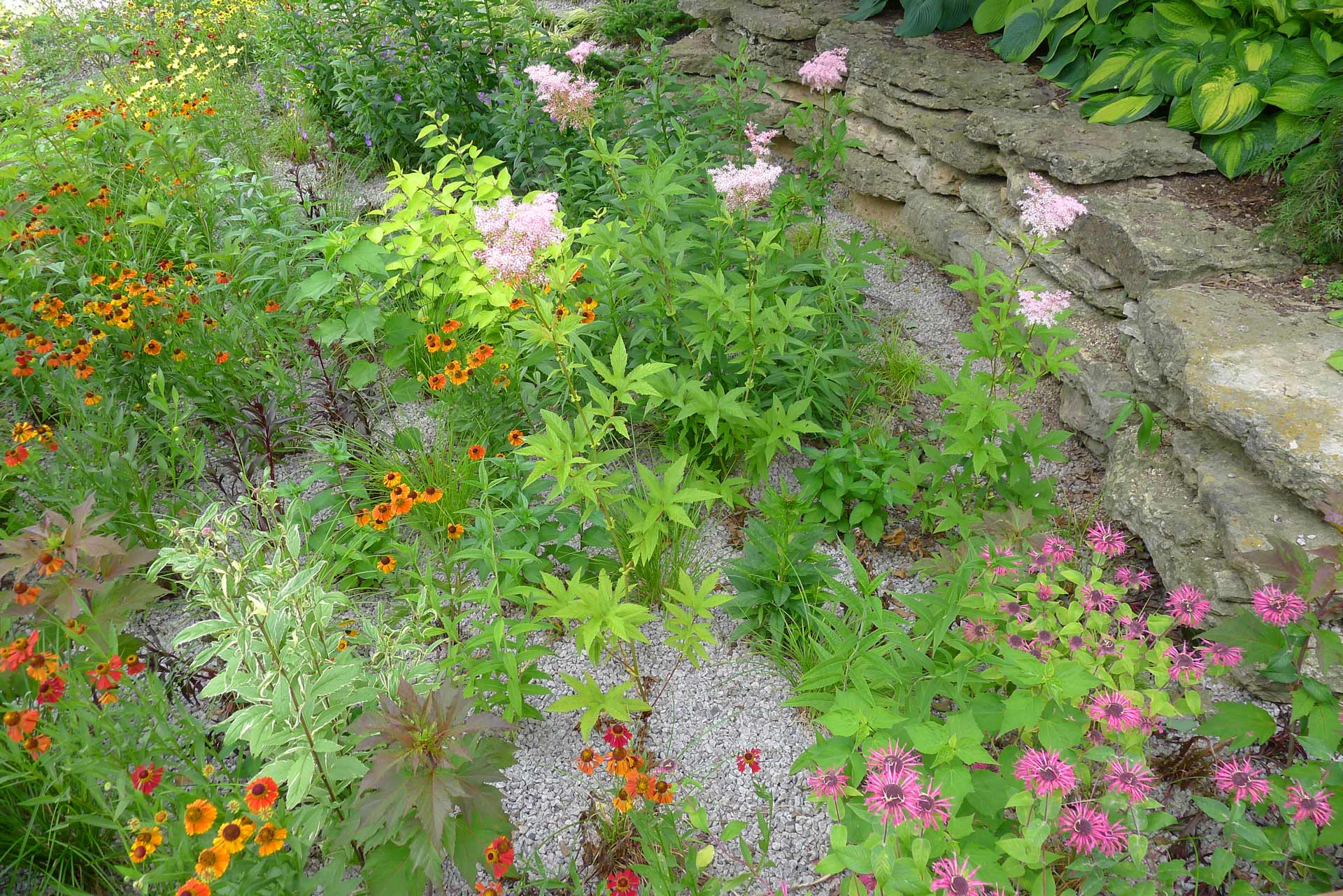Green Streets Active Practice Guide, Tucson, Arizona
Challenge
The City of Tucson developed the Green Streets Active Practice Guidelines to combat stormwater flooding, address runoff, improve water quality, improve the urban tree canopy, and recycle rainwater for irrigation of urban greenery. The policy requires capturing or infiltrating stormwater runoff by integrating green infrastructure directly into all publicly funded roadway development projects. The established guidelines will be especially useful at addressing water pollution resulting from runoff through local storage, treatment and infiltration. Concentrations of e. coli and copper have been especially problematic.
Project Details
- Location: Tucson, AZ
- Population: 526,116
- Strategies: Green Streets, Green Parking Lots, Bioswales, Urban Trees, Rain Gardens
- Cost: $23 per square foot
- Benefit: $48.35 per square foot

Overview/History
Although located within the semi-arid southwest, Tucson receives up to 12 inches of rainfall each year. This relatively moist setting (as deserts go) is vital to ecosystems within the Sonoran Desert, but poses significant stormwater flooding issues that are both felt and worsened by a growing urban environment. According to Tucson’s 2016 Floodplain Management Plan, street flooding is quite common in the summer rainy season, largely due to the relative lack of storm drain infrastructure. Urban expansion into the wider floodplain over the next several years may worsen localized urban flooding and flash flooding.
In 1988, the city kicked off a comprehensive stormwater management program that continued throughout the 1990s, stressing the value of non-structural approaches to stormwater management. Today, a comprehensive suite of programs, projects and legislation form the core of Tucson’s flood reduction and mitigation strategy. The Tucson Green Streets Active Practice Guidelines, effective as of August 2013, are a major component.
Solution
Tucson’s solution to addressing both stormwater flooding and water pollution is to infiltrate, detain or filter water on-site via green infrastructure. The project is implemented through policy guidelines that require all publicly-funded road development or redevelopment projects to integrate green infrastructure into both the design process and final implementation.
The city identified a wide variety of green infrastructure techniques that can be deployed as part of these projects. Green infrastructure is required to retain at least the first .5 inches of water that falls within the public right of way. This is to be achieved largely with planted green infrastructure basins. Complete infiltration and draining of these basins is required within 24 hours. If infiltration is not possible, then stormwater must be routed through accompanying vegetated areas to filter debris and particulates before it is discharged into traditional grey storm drain infrastructure. This two-tiered system ensures a maximum reduction in polluted runoff that finds its way to public waterways.
Additional minimum on-site measures include: mature tree canopies to provide shade (intended to reduce heat island impacts), and requiring the use of on-site recycled rainwater as the primary means of irrigation. Deep integration of green infrastructure into the design process of road development and redevelopment is intended to allow for thoughtful and effective design, and standardize green infrastructure within the public realm.

Funding/Financing
The Tucson Green Streets Active Practice Guidelines only concern public roadway development and redevelopment, which are publicly funded.
Figures developed by the Watershed Management Group for Tucson’s Airport Wash Area outline costs and potential benefits of an array of green infrastructure strategies, including hypothetical Active Practice Guidelines projects. The report cites costs of $23 per square foot of green infrastructure, and $48.35 of benefit, with a benefit/cost ratio of $2.10. Net benefits annualized over 10 years are $82,270 per year.
Benefits
The primary benefits are a reduction in stormwater flooding and positive impacts to public health. According to a Watershed Management Group report for the city of Tucson, “the first half inch of rain … liberates oil, grease, animal feces, brake dust, metals, and sediment.” Water harvesting basins and complementary vegetation can slow, infiltrate and treat runoff that contains these materials.
There are several co-benefits associated with the Green Streets Active Practice Guidelines. Required tree plantings increase the urban tree canopy and can lead to a reduction in the urban heat island effect. This is especially important within arid southwest cities like Tucson. The water conservation benefits are clear as well, as stored or infiltrated water is required to support all on-site vegetation. Additionally, planted medians and streetscape greening are proven traffic calming practices.
